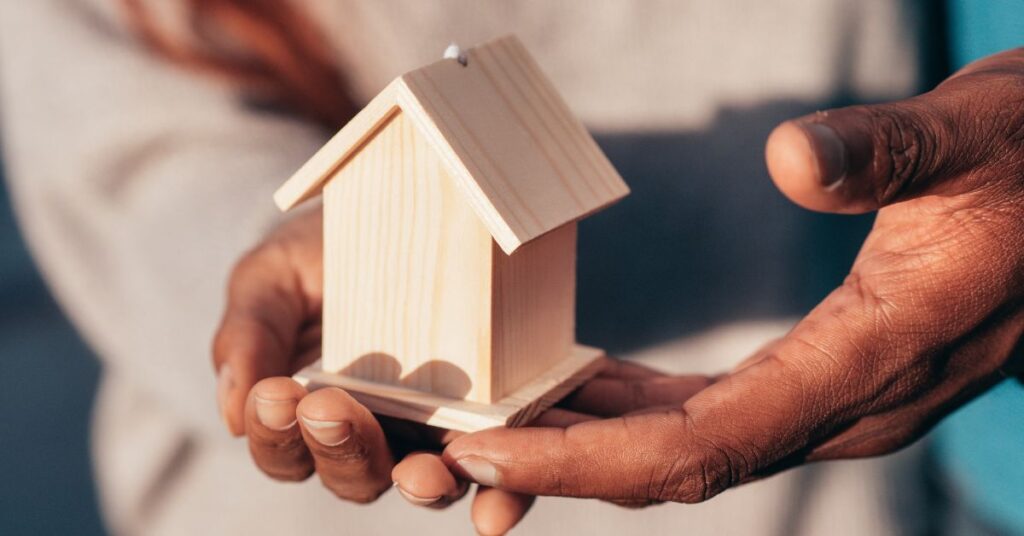Get Expert Financing
- Matched with investor-friendly lenders
- Fast pre-approvals-no W2s required
- Financing options fro rentals, BRRRR, STRs
- Scale your portfolio with confidence
One of the best ways to get a good deal on buying a home is to purchase a fixer-upper. However, there are challenges associated with buying a home and then fixing it up. You might end up with an amazing deal on your home, but then you need to do a great deal of renovating to fix it up and make it livable (and up to code).
Once you’ve bought a fixer-upper, the work of actually fixing it up begins. That can be expensive as well. You could spend tens of thousands of dollars improving your home. However, you might not have the capital to make all of those home improvements. By the time you make your down payment, finding the capital to fix up the house is difficult. And, of course, once you have a mortgage, getting another large home improvement loan to make changes to your home is just as hard.
In order to buy a fixer-upper home and renovate it, you should consider special loans designed to help you buy and renovate. There are two options: The Fannie Mae HomeStyle and the FHA 203(k) loan.
These loans are often called renovation reserve loans, or reserve loans. The idea behind these types of loans is that you borrow more than you need just to buy the home. Instead, you are approved for enough to purchase the home and fix it up.
However, the lender doesn’t just provide you with the funds necessary. Instead, you use the money for the purchase of the home, and the remainder goes into an escrow account. Only after the work is done to proper specifications and inspected is the money released to directly pay the contractor.
While these reserve loans can be helpful, it’s important to understand that there are a number or requirements to meet before you are approved. First of all, the lender will want to know how you plan to improve the home, and which contractor (you can’t be your own general contractor) you plan to use. Your contractor will need to be properly licensed and insured to be approved to do the work. Your income and other qualifying factors will also be taken into account since you will need a loan approval for the total amount of the loan — and not just approval for the home purchase amount.
It can help to work with a contractor or a HUD specialist, as well as look for a mortgage broker who understands these types of loans if you want to move forward. If you can’t get approval for the overall amount that you want, you may have to rethink and reprioritize your home renovations.
While the basic setup of these loans are similar, there are a few differences. First of all, the FHA 203(k) is guaranteed by the government. The government doesn’t issue these loans, but it does insure them. Other differences include:
Carefully consider your options before you move forward. If you only need to make minor improvements, it might not be worth it to get a reserve loan. However, if your fixer-upper needs serious work, one of these loans can help you get the capital you need to turn your house into a home.
Our advice is based on experience in the mortgage industry and we are dedicated to helping you achieve your goal of owning a home. We may receive compensation from partner banks when you view mortgage rates listed on our website.

